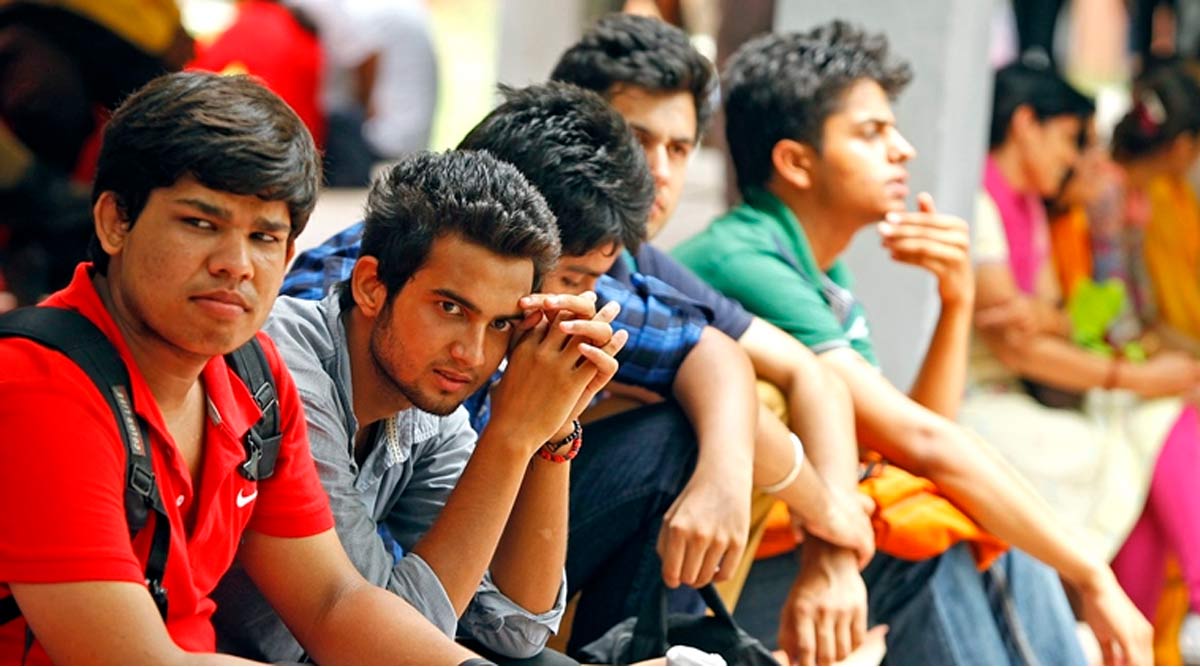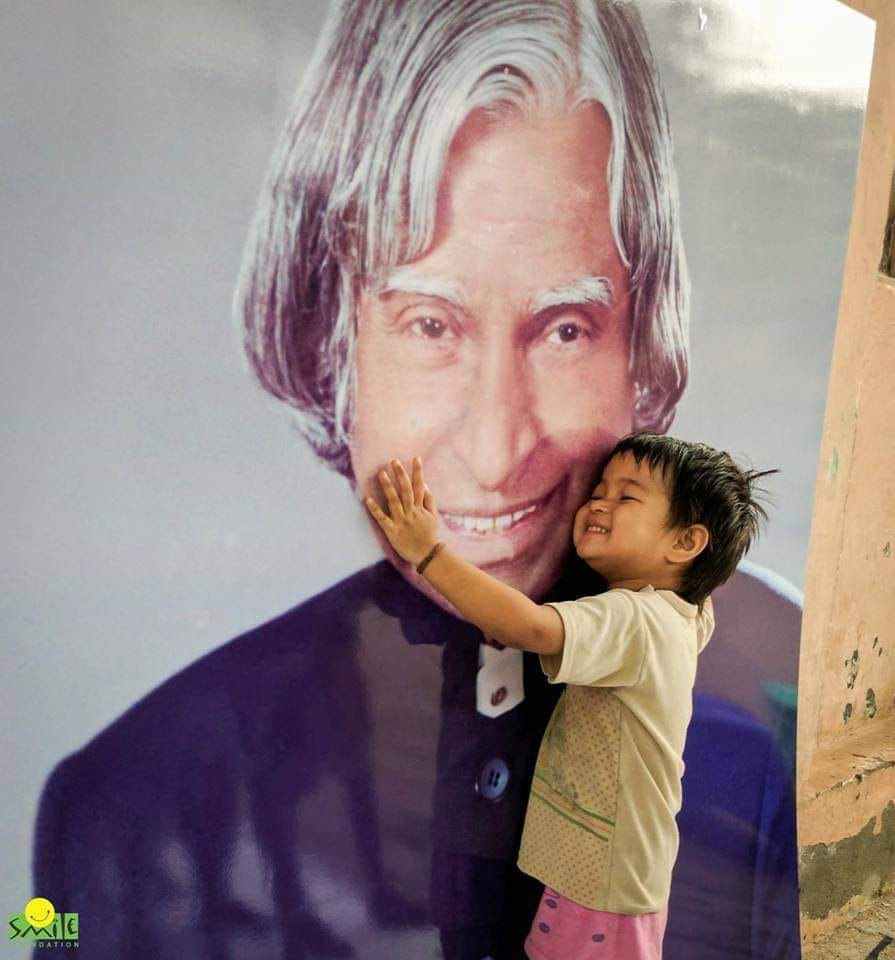Bharat Ratna Dr Kalam viewed education as the most important instrument in a nation’s growth and development with a conviction to raise awareness among the rural, urban poor and the underprivileged in regard to the importance of education through employing the use of media and NGOs. The missile man of India always endorsed himself as a teacher despite possessing a wide range of titles that he had earned in his lifetime. His message to students was to be courageous enough to think out of the box, to travel the unexpected path, to be thinking minds and most importantly, to dream bigger. He prominently wrote that dreams transform into thoughts and thoughts result in action.
Students indeed fuel life into the part and parcel of a country besides carrying essential impetus to reinforce the superstructures of civilized societies, but how close are we to achieve what Dr. Kalam had envisioned for India and its youth? How adequately have we covered the trajectory towards inventing what he identified as “autonomous learner?” Have we amply paid emphasis to skill and research-based education that Kalam always wished to manifest? These questions are a natural consequence of reckoning life through the lens of a quotidian student and thus, requisite deliberation.

Most Indian households pre-decide the career paths of their children. Just at the moment, a student starts schooling, the world along with its totality starts reflecting upon half a dozen “relevant” career options for their child without the slightest consideration of what their children have to say about their career interest. Some want them to be a pilot whereas others think they will fit in the role of a doctor or an engineer. At a point where freedom of career choice is held redundant, students find themselves drifted apart from their actual interest which leads them to garner resentment towards studies.
A vast curriculum which measures one’s intelligence by how well they can catch up with what is being taught in the class and the fact that, “not everything can be learnt at school,” obligates students to turn in for coaching (only if they are privileged enough to afford one) to ponder over same lessons which are taught in the school. It not only consumes valuable time but also diminishes scope for self-study. Those who struggle at fitting into the stereotype of a good student are not only marginalized by their teachers but also by their parents. A student stranded in such a routine round the clock can’t really stretch further towards exploring skill development.

The academic championship is given paramount importance no matter how excellent an individual is in extra-curricular activities. Our education system is result-oriented; as a consequence, all that our family and relatives expect from us is achieving top grades. Students especially those who are fascinated by Arts or Literature rather than by Science or Commerce are often looked down upon even in avant-garde Indian societies.
By the time students manage to pass the intermediate examination (Class 12th), they are instantly dragged into a series of competitive exams where battling tooth and nail remains the last resort to secure a seat in a reputed college/university. Regardless of being a college student, family nevertheless treat them as an amateur maladroit and finally, then begins the dilemma and struggle to accomplish campus placement in a renowned institution/company. At this juncture, the life story of a typical Indian student sums up.

In a country home to 1.3 billion people, students of rural India have a different set of challenges to face. 67 % of the Indian population lives in rural areas. Out of approximately 196 million elementary school-going children, 146 million are enrolled in rural schools (Source: U-DISE 2015-16) which is a decent figure but it doesn’t mean that problems faced by rural students are curtailed in any way. Rural students have to withstand even more challenges in contrast to urban students. From financial constraints to lack of proper sanitation facilities, poor foundational and communication skills (especially in English language) are major obstacles in the way of rural students towards their all-round development. The dearth of sports equipment and extra-curricular activities also add to many issues that they face. Their schools are generally situated far away from their homes. Devoid of advanced/smart learning tools and personal attention from their teachers, it becomes difficult for the manifold of rural students to garner a persisting interest in studies.

These aren’t the only challenges that students across India face. In addition to problems regarding career, academics, family and availability of resources, students today are also subjected to oppression by authorities. From imprisonment to filing of cases under questionable charges for dissenting and protesting against erroneous policies of the state, the list goes on and on. Ranging from the French revolution in France to Freedom movement of India, students’ role in nation building can’t be mistaken as a subsidiary. Had Dr. Kalam been alive today, he would perhaps only lament upon the current state of affairs in the country because of which students are variously affected.

Education doesn’t invite exploitation; it fights exploitation. The Indian context is alarming because our education system stimulates a rat race of which every student is naturally a part. It doesn’t enlighten young minds; it cages them into curriculums and continuous evaluations. It doesn’t propose vicinity for thoughtfulness and rationality; it rather manufactures mechanized beings. Indeed Dr Kalam’s vision and ideas aren’t quixotic but as long as our education system’s obscurity and its hostile impacts on the students follow, Dr Kalam’s ideas and their manifestation remain world apart. The day we manage to realize them will be the day to celebrate World Students’ Day in its true spirit and vigour.









